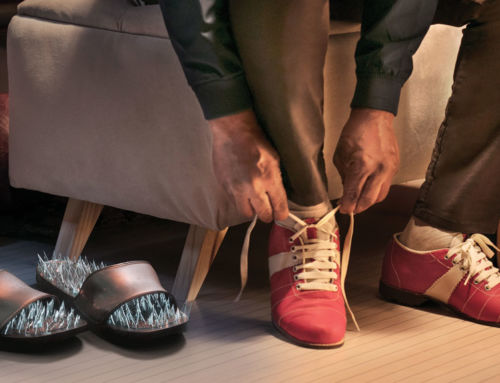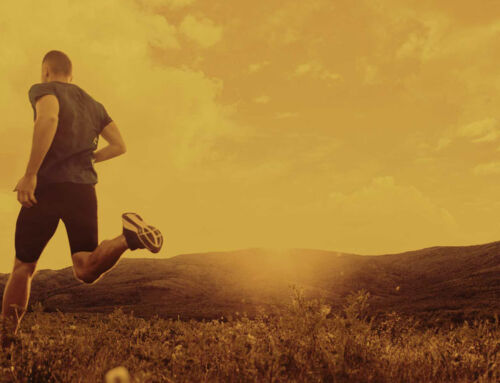Golfing Injury and Back Pain:
Prevention and Treatment
Golfing Injury and Back Pain:
Prevention and Treatment
Spring and Summer in Colorado are perfect for golf. The panoramic views and warm weather beckon many of us to the links. And while golf may not be one of the sports you think of when you think “sports injury”, back pain from golf is actually common.
Low back pain from a golf injury is usually due to muscle strains and sprains. While these injuries may be common, they are also avoidable. As with so many injuries, a little preparation to prevent back injury goes a long way. Good body mechanics go a long way toward preventing these injuries. But first, let’s look at some spine mechanics and why these injuries occur.
How Does Golf Cause Back Pain?
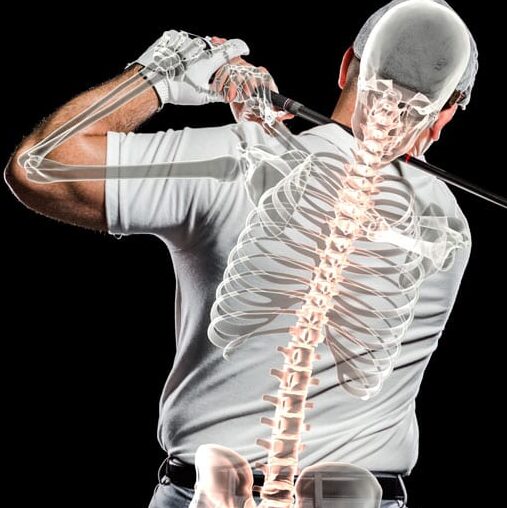
A golf swing can put a lot of pressure on your back. It not only rotates the spine, it does so repeatedly and on a tilt. This repetitive force puts pressure on the lumbar region of the spine (L4-S1), which also happens to be the part of the spine responsible for a lot of the stability and mobility we rely on in day-to-day life.
The repeated stress and force in L4-S1 can cause hypertrophy, or enlargement of the facet joints. These joints allow for smooth movement in the spine, and this injury becomes progressively worse. The pain may seem light or dull at first, but many golfers experience one final movement that results in extreme pain. The less severe pain can usually be addressed with rest and rehab, but more extreme pain may require pain interventions or longer term therapies.
Preventing a Golfing Injury and Back Pain
Warm Up Prior to Your Game
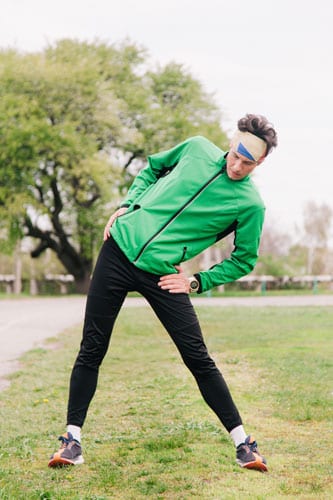
You can reduce your potential for injury from any sport with a few simple warmups. Cold muscles are more rigid and prone to injury, so try a few opening moves and stretches before you tee off.
Leg Swings
Standing on one leg, swing the opposite leg forward and backward while keeping your knee straight. You can use a driver for balance. Swing the leg from side to side 15 times in each direction and then switch your legs and repeat.
Dynamic Lunge with Reach
Lunges are a great way to activate key hip muscles, and since we are golfing, we also need to kick in the upper body musculature and abdominals. To begin, take and hold a golf club at both ends and while performing a lunge and reach overhead. Complete five repetitions for each leg.
Pivot Rotation
To get the hips and thoracic spine involved in the rotation, take a golf club and hold at both ends with your feet shoulder width apart. Rotate the club to each side. Allow your hips to rotate with this motion and shift your weight to the opposite toe. Complete 20 repetitions.
Lunge & Twist
Next, lunge forward and place the golf club behind your shoulders. Twist your body to the right five times and to the left five times.
Use Proper Body Mechanics
Good body mechanics throughout your swing not only improve your game, but they also reduce stress on your low (lumbar) back, which decreases the risk for back injury and pain. Many golfers try to rotate through their swing at the low back. The low back is not designed for rotation and will become very unhappy if one repeatedly rotates at their lumbar spine.
The best solution for swinging the club with little or no lower back rotation is to make sure your back is in a “neutral” position instead of an over-extended or flexed position while addressing the ball. This is accomplished by moving your back between these two extremes until you find a comfortable and natural posture between the two positions. This allows for rotation at the middle (thoracic) back—alleviating stress, pain and possible injury to the lower back.
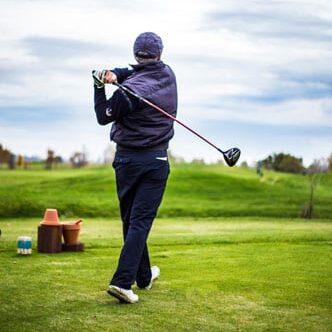
Strengthen Your Core
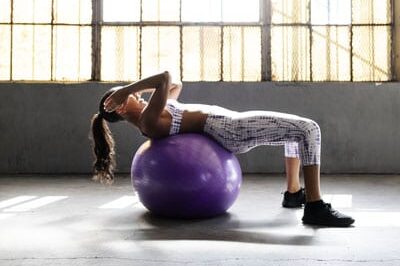
Prevention is the best prescription when it comes to confronting back pain. When you are not golfing, you can implement a few simple exercises to strengthen your abdominal and gluteal muscles. Crunches, planks, and hip thrusts can help strengthen your entire core area, increase flexibility and assist with rotation in your swing. Rowing exercises (pulling rubber tubing attached to a shoulder height object toward your chest) and pull down exercises (kneeling and holding rubber tubing that is attached to a shoulder height object over your head, then pulling down toward your chest with bent elbows) are recommended.
Treating Back Pain from Golf
Most back pain from a golf swing will get better within a couple of days or a couple of weeks. Muscle strains are the most common injury and will respond to rest, ice, and minor rehab. Over-the-counter pain remedies and NSAID medications can help with the worst of the pain.
Repeated and extreme movements can potentially cause disc injuries, including disc herniation or a ruptured disc. These conditions are most often treated with pain management therapies to address the severe pain, followed by a long-term program of rehab and strengthening.
In some of the worst cases, golfing can result in facet hypertrophy or facet joint syndrome. This condition can cause severe pain and responds to facet joint injections and ongoing rehab.
If you have back pain from golf that isn’t getting better with rest, or you want to talk to a doctor about disc injuries or facet joint syndrome, schedule a same day appointment with SpineOne now.
